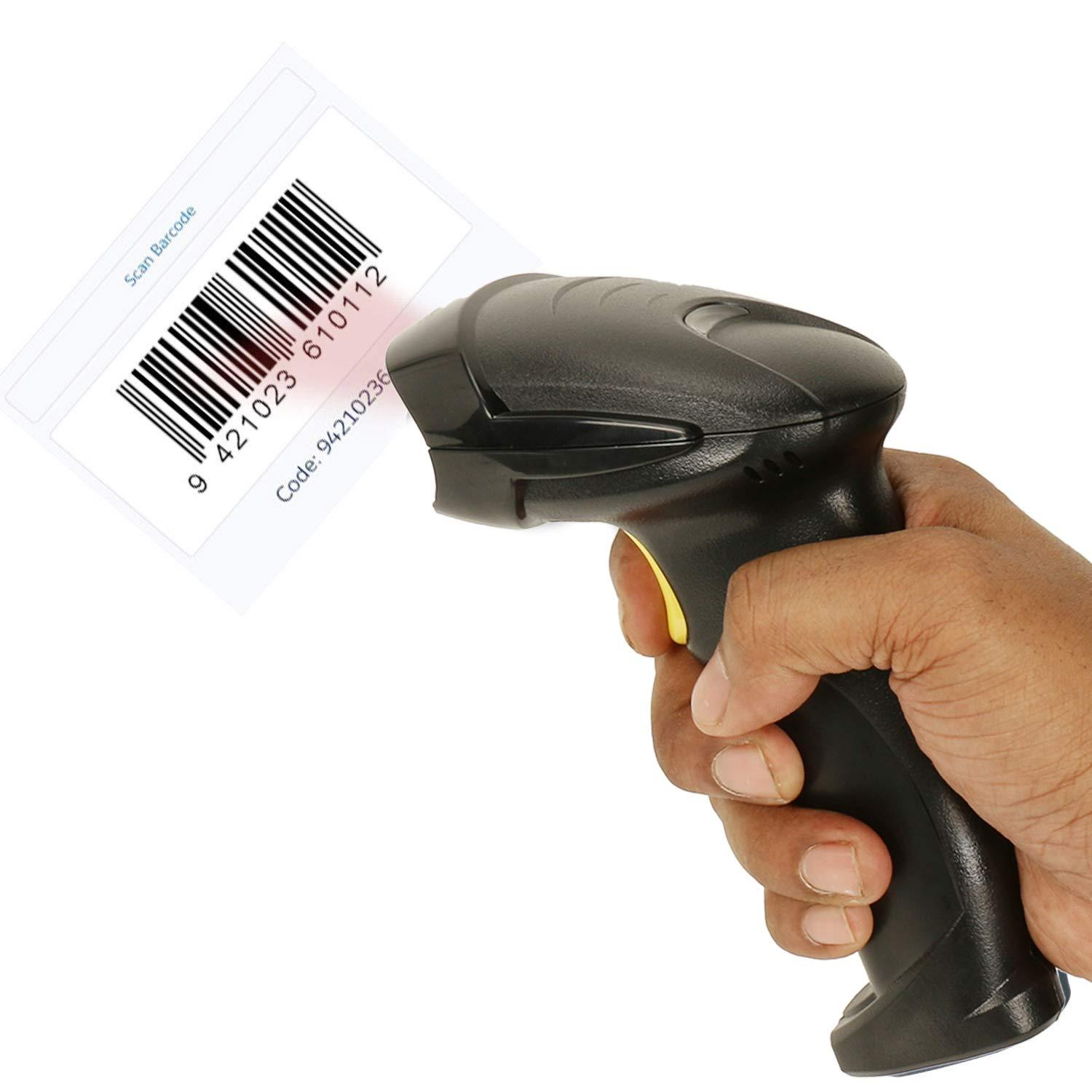Almost every industry or organization uses barcode technology today irrespective of its size. Barcodes may look like a simple combination of strips and spaces, but they are the key to vital product information. To decode these barcodes, special devices like scanners are used. Barcode scanners are photosensors which read the barcodes and convert them into a readable text that is displayed and stored on a computer or laptop. This appears to be a very long process but it just takes few milliseconds.
Barcode scanners are probably the most widely used tools today. They are being used in different industries including manufacturing, warehousing, education, healthcare, and field service. The high utility aspect and the popularity of the scanners have resulted in the introduction of many varieties.
Different varieties
Barcode scanner varieties are distinguished by their form factor and their scanning technologies. The main difference in form factors is the amount of operator manipulation required. There are wand or pen-style scanners, fixed-mount scanners, and handheld scanners. Handheld scanners vary the most in available scanning technology. There are laser scanners, CCD scanners, which are also called linear imagers, 2D scanners, also called area imagers, and omnidirectional scanners. The scanning technology should be chosen based on the application and requirements.
Wand Barcode Scanners
Wand or pen-style barcode readers must be swiped over the buy handheld barcode scanner at a consistent rate of speed and at a particular angle. This makes them the least efficient scanner to use, but they are the least expensive. They are also small, extremely durable, and not limited by the width of the barcode.
Fixed-Mount Barcode Scanners
These scanners read barcodes as they are passed in front of the scanner. They are widely used in work-in-progress applications and for high-speed sorting along conveyor systems. Smaller models are commonly used in laboratory, security identification, and kiosk applications. Most of these have a laser scan engine, so they must be mounted at a specific angle and distance from the barcodes that will pass in front of them. Unlike others, most of these are typically integrated with other equipment and automation systems.
Linear Imager Barcode Scanners
These are also known as CCD scanners, CCD LR (long range) scanners, and full array imagers. The scanning technology they employ uses no moving parts, thus making the linear imager scanners more durable than laser scanners, but they do have a shorter reading distance of contact to two feet. Linear imagers are ideal for reading damaged or poorly printed barcodes and for reading barcodes under plastic film or covering.
Laser Barcode Scanners
Laser scanners are the most popular scanning technology in the industry. The brightness and sharpness of laser scanners offer greater preciseness and visibility when targeting a barcode, especially in bright light. These are also available in several variations to meet the needs of special applications, such as long range or high density scanning.
Omnidirectional Barcode Scanners
Unlike handheld linear scanners that must be lined up perpendicular to the barcode, omnidirectional barcode scanners can read a barcode no matter how it is orientated. Therefore, they speed up the scanning process and reduce user fatigue. Omnidirectional scanners are typically used in retail environments and are available in on-counter and in-counter models. On-counter models are good for applications with limited counter space, such as convenience stores. In-counter models are ideal in high-volume applications, such as grocery stores.
2D Barcode Scanners
2D barcode scanners can capture 2D barcodes as well as 1D, or linear, barcodes. They are gaining popularity because of their versatility and the future-proofing they offer as an investment. These scanners use a combination of digital camera technology and software to capture barcodes. They read barcodes omnidirectionally, so the barcodes can be orientated in any direction. Some models can also capture digital images and signatures.
With such a wide variety of barcode products in the market, always make sure that you buy the right scanner for your application. Different types of scanners fit different working environments. Choose the barcode scanner based on your requirements and industry.
